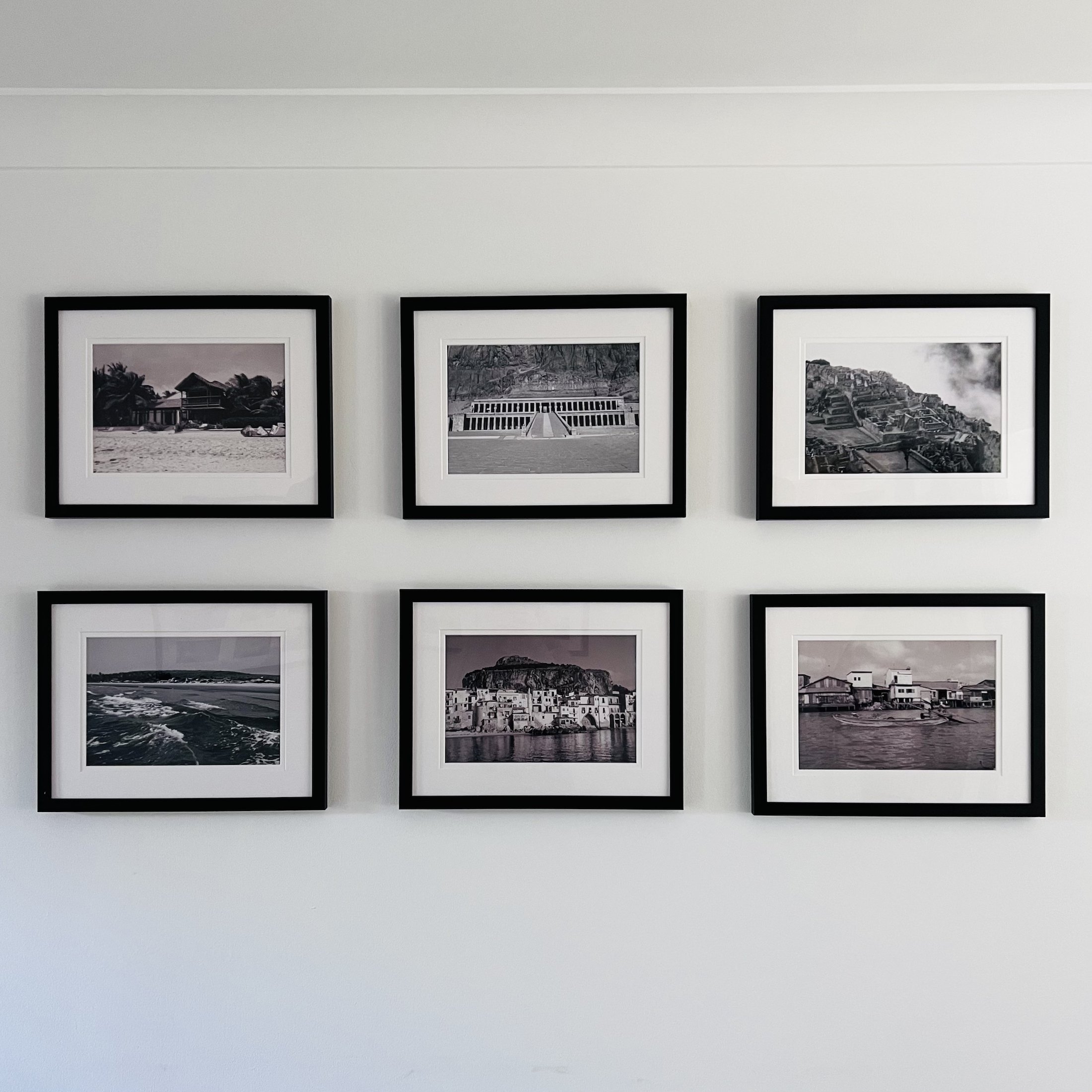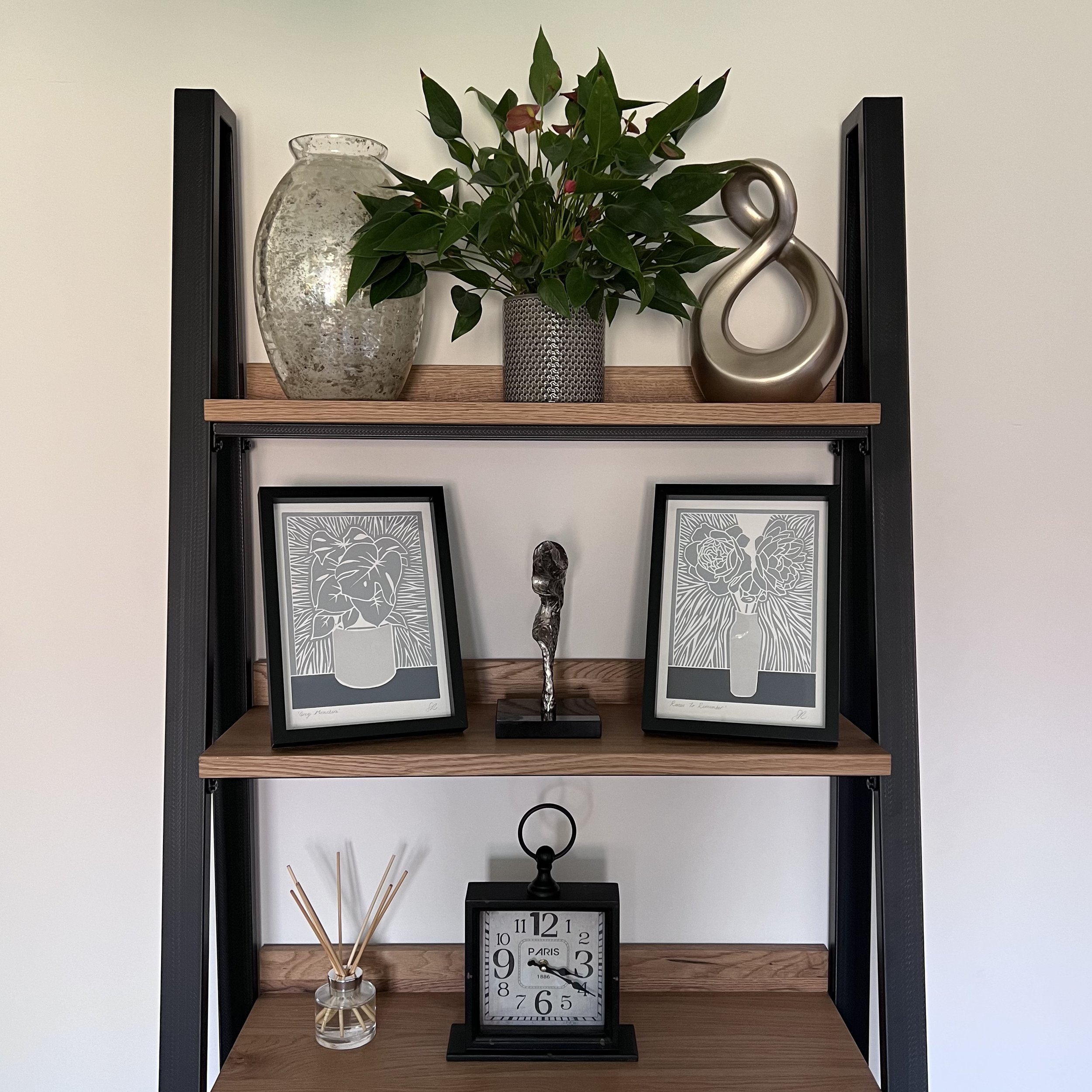7 tips for selecting original and affordable art for your home
When choosing artwork for your home there is a lot to think about; from choosing the right size art pieces for a particular wall, to getting the position, style and mood right.
If you have recently redecorated a room in your home, one of the most enjoyable parts is adding the finishing touches, such as artwork on the walls.
Even if you haven’t redecorated, there are many benefits to displaying artwork; it can be a quick way to update your home decor without the expense and upheaval of re-decorating.
If you are renting your home, it’s a great way to add a personal touch without impacting your deposit.
Having original pieces in your home doesn’t always require a large budget. In this blog post, I offer some tips for choosing artwork and options to keep costs down, finding great artwork for your home, while supporting artists.
Table of Contents
1.Include artwork early in your home decorating plans
If you are redecorating a room or your entire home, ideally you should consider artwork in the early stages.
Consider where on the walls you would want your artwork to be displayed.
Artwork can be hung directly on the wall or consider more versatile options, such as a picture shelf or a gallery wall.
Thinking about the artwork from the start of a project helps keep in mind colour schemes and the ambience you would like to create.
If you are choosing artwork for a room that is already decorated or in a rental property, never fear, it’s an opportunity to think about what you would like to inject into the room.
Consider what colours you would like to add to the room.
Select the area on the wall or mantelpiece that you want to add artwork to.
Consider what sort of emotions you want the artwork to evoke, e.g. calm, homely, passionate etc.
Keep in mind how any new artwork will look with existing lighting.
2. Attend local art and craft markets or look for local artists online to find artwork for the home
Buying original artwork from galleries can be very expensive, this is understandable, but unfortunately it can put owning artwork out of reach for many people. If you love art, but do not have a gallery budget at the moment, there are a number of other options:
Attend an ‘Affordable Art Fairs’, these are held regularly and can be a great way to find original artwork
Visit local arts and craft markets or pop-up art shops. They provide an opportunity to buy unique paintings and prints and support local creatives. You may get the opportunity to meet the artist, creating a personal connection that provides a special bond to the artwork.
Search online craft stores, such as Etsy and Folksy (in the UK). There is a huge variety of work available and it is great to support smaller artists and craftspeople, while finding unique artwork for your home
Prints are usually a cost effective way to buy artwork. I have written a blog post about Open Edition and Limited Edition prints, that explains why in more detail.
3. Choose your artwork based on the mood or theme of the room
Think about what mood or ambience you would like to create in the room that the artwork would be displayed in.
Bedrooms and bathrooms are usually relaxing places, so finding artwork that makes you feel calm is a great idea.
In the living room, you may look for artwork that is personal.
If you regularly entertain guests, you may want artwork in your kitchen or dining room that is thought-provoking and sparks conversations.
4. Consider displaying a mix of art styles and arrangements on a wall
There are lots of different options for displaying artwork and one or two different options can work in the same room:
A picture shelf can look great in a living room, displaying a mix of artwork and personal photos. Picture shelves are lovely and versatile as you can move pictures and swap them around depending how you feel.
If you are in a rental property, displaying artwork on a mantelpiece means no drilling into the walls and you don’t need to get permission from the landlord/lady.
If you like the idea of a gallery wall, consider if you would like it to be bright and colourful, monotone or one or two colours only. It’s possible to build a gallery wall over time, as you find artwork that appeals to you.
Sculptures are another versatile option that come in many different shapes and sizes, depending what space you have available.
Photography can look great in a gallery wall or mixed with other artwork on a picture shelf
5. Consider how to frame your chosen artwork
While artworks are often sold already framed, this isn’t always the case and your choice of frame can have a big impact on how the final piece looks and fits into your home.
It’s possible to have a frame made to a specific size and style, search for local framers who will be able to give advice and guidance if required.
Adding a mount is usually a good idea to give a neat finish to the artwork.
It’s generally more cost effective to buy standard size frames such as A4, A3, 10x12” or 8x10”. Consider if you would like all your frames to match or if you would like a mix of wood, metal, glass.
Charity shops are worth a look if you would like an eclectic mix of frames for a gallery wall.
6. Think about proportion and the size of artwork in relation to your room
Consider what space your chosen artwork might be displayed in.
Small artworks can look lost on a large wall.
Large artworks can dominate a small area.
Artwork is often sold in twos (diptych) or threes (triptych) and can look great together if one piece alone is too small.
If you are drawn to a large artwork, make sure you have a space to display it that will allow it to get the attention it deserves.
7. Make sure you like and connect with the artwork in your home
Ultimately, you will be looking at your chosen artwork for years, so the main thing is that you like it and feel a connection to it.
Choosing artwork because it depicts something meaningful to you, like a hobby or place, is a way to show your own personality in your choices.
If you get to know the artist, either in person or through their online presence, it can bring additional connections to understand the meaning behind the work. You may end up with more than one piece from the same artist.
I hope you have found these tips useful. If you have any other ideas you think are helpful, I’d love to hear them, please email me at sarahransomeart@gmail.com.













